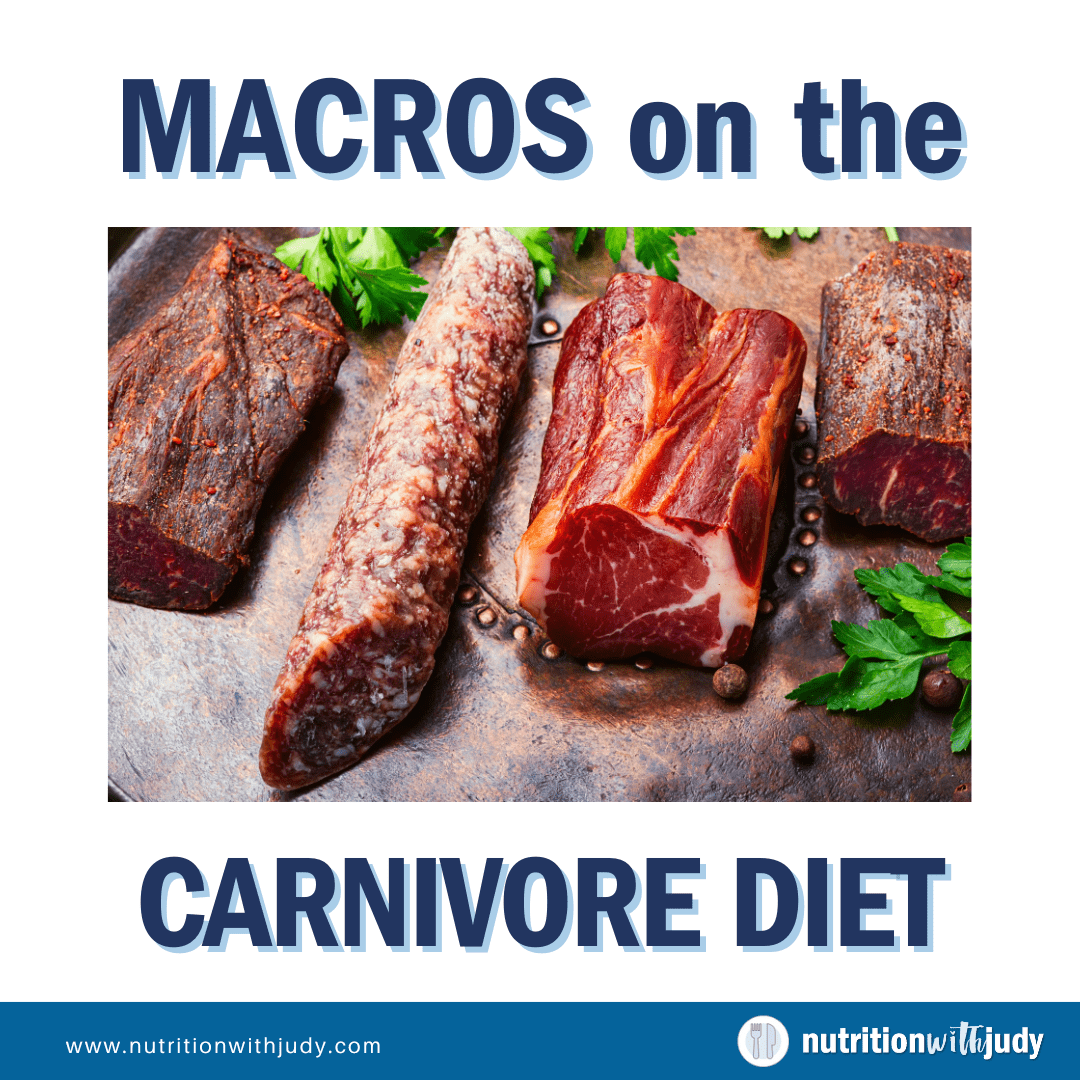

Macros On a Carnivore Diet


Leveraging the right diet can offer life-changing benefits holistically across the mind and body. The carnivore diet offers an effective tool for supporting chronic illness, reversing certain conditions, and helping optimize overall wellness. For those interested in the carnivorous way of eating, one of our most frequently asked questions by beginners is how much should I eat? Or, more specifically, what should my macronutrients be on a carnivore diet? As with most things regarding health, there’s nuance around this answer and it is bio-individual. Here are our recommendations and guidelines for finding the right carnivore diet macros for you.
What Is a Carnivore Diet?
The carnivore diet consists of eating only animal sources and avoiding all plants and grains. Unlike ketogenic and other low-carbohydrate diets, the carnivore diet is a true zero-carb or nearly zero-carb way of eating focusing solely on animal proteins and fats. There are many different variations of this diet that are defined by various restrictions and inclusions of certain foods. Learn more in-depth about the carnivore diet here.
Do We Need Carbs?
When people talk about macros or micronutrients, we generally assume that they’re describing the nutrients the body needs, specifically in terms of protein, fat, and carbohydrates. While mainstream nutrition and standard care argue that a balanced diet of these three macros is essential for optimal wellness, we beg to differ.
Carbs are the only macronutrient that is not essential for humans and has no established minimum requirement. All carbs (except for fiber which can’t be digested) are broken down into glucose (sugar) in the body. Excessive carb intake has been linked with the increased risk of metabolic syndrome and exacerbating other conditions such as autoimmunity. For those that are metabolically healthy, carbs becoming a risk is largely dose-dependent. For those who aren’t metabolically healthy, have chronic conditions, suffer from food addiction, and/or are overweight, any carb intake can cause additional burdens on the body.
When considering carbs, it’s important to note the foods these come from. While some animal products have minimal carbs, such as dairy and eggs, carbs from the plant kingdom pose other risks. From anti-nutrients to glyphosate exposure and aflatoxin contamination, there are many reasons why you should either limit or avoid carbs altogether. Learn more about these risks from plant foods here. You can also watch our recent interview with Dr. Shawn Baker regarding carbs here and our meaty-minute educational video about including fruit on a carnivore diet here.
For those needing to avoid carbs altogether, the long-term goal is to be able to eventually be able to tolerate a small amount of carbs. This can only be achieved through root-cause healing using tools such as the carnivore diet.
Understanding Gluconeogenesis
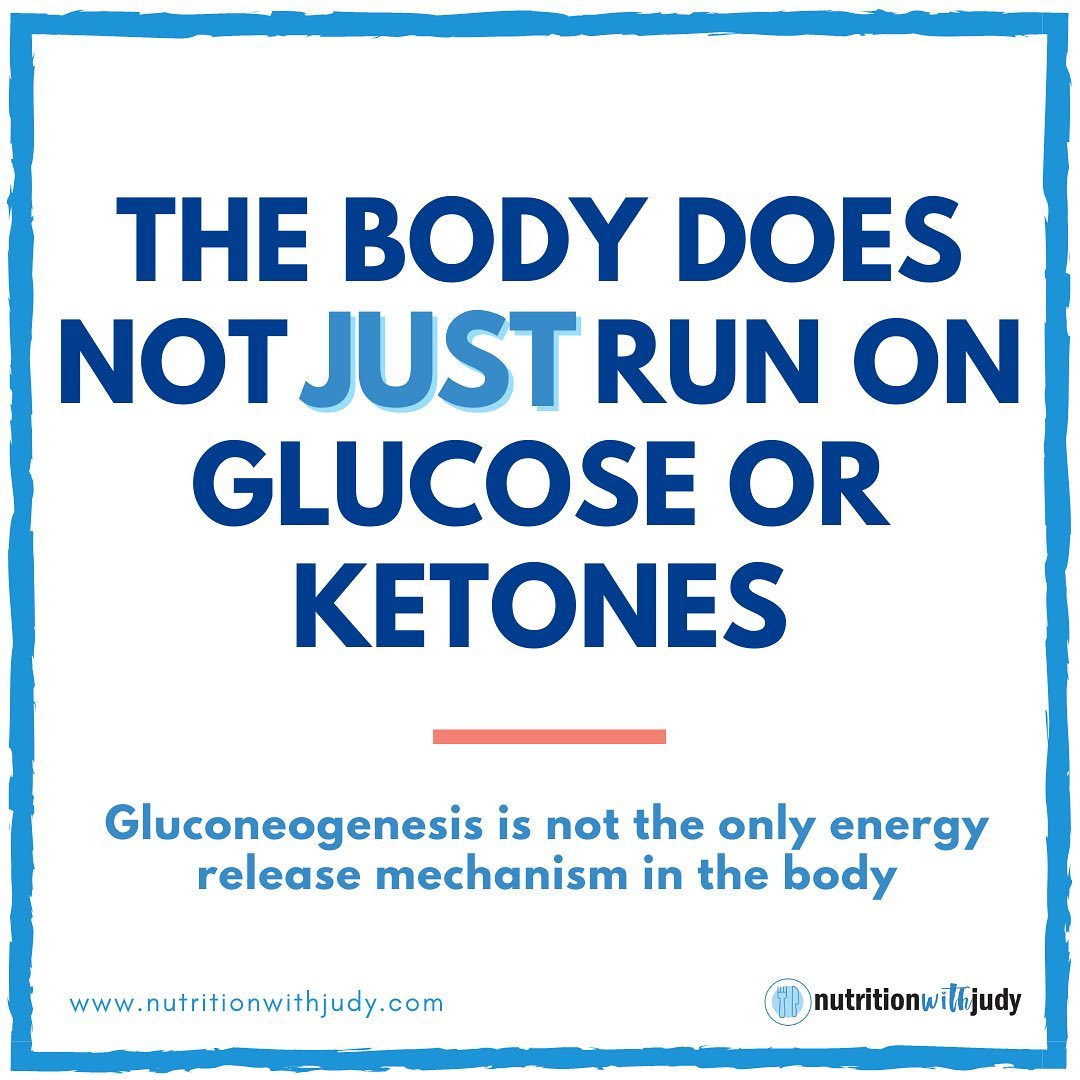

Gluconeogenesis is the metabolic pathway by which glucose is formed from protein. The formation of new glucose molecules is created by the liver which converts glucose to glycogen and stores it for future use. This is the most prevalent process people think of when discussing energy sources and the potential for eating too much protein.
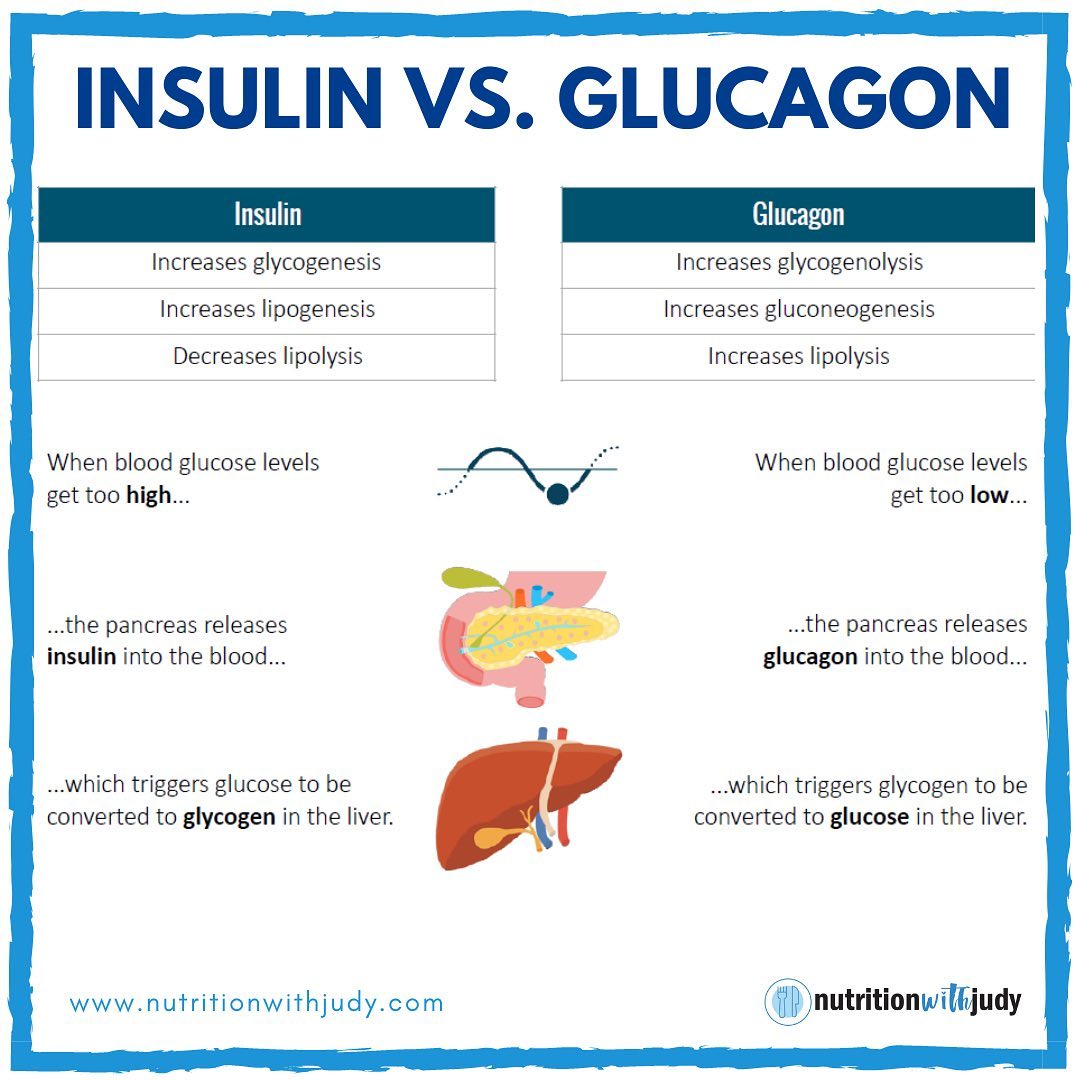

But, why do we only talk about gluconeogenesis? There are different stored and broken-down forms of energy within the body. For example, even if we are sugar burners, the brain still uses fatty acids even if we don’t produce a lot of ketones. There are other fatty acids other than ketones.
Do we need glucose in the body? Yes. Does it need to come from food? No.
Here are some ways our body mechanistically uses, stores, and breaks down energy in the body to create glucose:
- Gluconeogenesis: Through gluconeogenesis, the average adult can store about 100 grams of glycogen in the liver which is about 10% of the organ’s weight. Skeletal muscle cells also convert blood glucose to glycogen and store it locally through this process. The average adult can also store about 400 grams of glycogen in the muscles, accounting for 1% to 2% of muscle mass. Glycogen stores in the muscles can only be used locally while liver glycogen can be used anywhere.
- Lipogenesis: When the liver and muscle glycogen stores are full, the liver then converts any remaining glucose into triglycerides. Triglycerides are then stored in fat cells. This is why triglycerides are low on a keto diet.
- Lipolysis: The process in which triglycerides that are stored in body fat are broken down into glycerol and free fatty acids. When blood sugar is low, fat cells release free fatty acids into the blood.
- Glycogenolysis: Converts glycogen back to glucose for energy.
- Glycolysis: The metabolic pathway that converts glucose into pyruvate which can then enter the citric acid cycle, also known as the Krebs cycle.
- Ketogenesis: Converts fatty acids into ketones in the liver.
The body leverages insulin and glucagon hormones to pull all these energy levers. Do you see how fat via the lipolysis process, can be broken down into glycerol which can also be converted to glucose for energy? Our body does not require an external glucose source for glucose.
Protein and Fat Requirements for the Carnivore Diet
Since the carnivore diet is a true zero-carb or nearly zero-carb way of eating, the only two macros you’ll need to consider balancing are protein and fat.
Blood Glucose
Binging on sugar and carbs makes blood glucose skyrocket, causing the body to reduce it quickly– it has to, or you can die. Blood sugar can go up and down for many reasons. Protein isn’t the only culprit on a carnivore diet. Check your blood glucose after you work out. It’s ideal to check both in the morning and evening. Blood sugar numbers are often all over the place when you’re coming from different diets, but what you want is stability. The carnivore diet helps stabilize blood sugar levels.
However, it’s normal for blood sugar to go up after a meal. It’s also normal after a workout. Nuance matters, though, as too much of an increase isn’t ideal either. And if it doesn’t go up at all, this isn’t an indicator of stable blood sugar– something else is imbalanced.
Protein
Standard care recommends a recommended dietary allowance (RDA) of 0.36 grams of protein per pound of body weight. It’s important to note that this number is reflective of the minimum protein required and not necessarily the optimal amount people should be getting on any diet. For example, if you’re a 40-year-old man who weighs 197 pounds, standard care suggests that you only need 11-12 chicken wings a day to meet your protein needs.
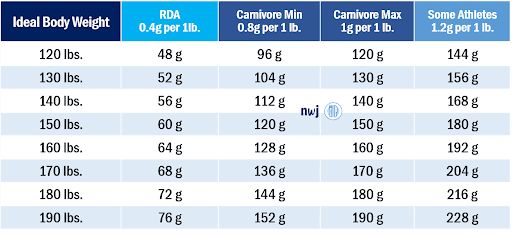

This macro requirement increases even more so on low-carb diets as this protein recommendation is far from sufficient for carnivores. In terms of the carnivore diet, we generally recommend eating between 0.8-1 gram of protein per ideal body weight or lean body mass. This is what we consider moderate protein intake. If you eat under 0.8 grams of protein consistently, you will lose lean body mass, bone mass, and overall longevity benefits. Some clients hate these caps, but when we show that they can lower their blood glucose, they hate it a little less.
Fat
There are four calories in one gram of protein and four calories in one gram of carbs. There are nine calories in one gram of fat, so gram for gram, a meal with more fat has more calories. And while calories-in-calories-out (CICO) doesn’t always hold true for weight gain or loss, calories still matter.
Consider this– person A’s resting metabolic rate may be able to burn 1200 calories in a day while person B may only be able to burn 1000 calories daily. This is one example of how CICO is not the same, nor does it hold true for everyone. But once someone figures out their hormone health and metabolic function, CICO can make sense. Both person A and person B cutting calories to 600 a day, while it won’t be good for longevity, it will allow for weight loss. Eventually, the CICO or severe calorie restriction will cause the body to shift to conservation mode and reduce metabolic functions (e.g., thyroid and hormone imbalances). CICO will no longer work to lose or maintain body mass.
This is the issue with protein-sparing modified fasts and mainly eating lean meat. You are eating sufficient protein but undereating calories. Long term, it’s not ideal for optimal health or longevity, and it is also why many old advocates turned to carbs.
It’s likely what happened when many carnivore diet advocates pushed for lean days (ahem, we should hold them responsible). Fast forward nearly a year, and these same people are now advocating for high fat. Some have shifted to the inclusion of whole-food carbs.
Since fat has more calories per gram, the high-fat recommendations are now pushing protein low to ensure calories remain low. This is a mistake with protein needs. It is not ideal for any person, and it is undoubtedly insufficient for carnivores.
Yet there are those on carnivore diets eating only about 50 to 60 grams of protein daily with 80% fat. 50 grams of protein within meat and 80% fat in total calories is only 1070 calories (50 grams of protein and 95 grams of fat). As you can see below, 50-60 grams is close to the inadequate RDA protein levels. This is not ideal.
If you’re looking for some additional resources on how much you should be eating on a carnivore diet, check out these free resources here and here.
The Risks of Undereating On a Carnivore Diet
You risk hormone and thyroid issues on a carnivore diet if you don’t eat sufficient protein and also undereat calories. You also cannot stick to lean protein or grass-fed beef and be able to eat enough calories. (It’s likely why advocates add honey and fruit, and then the rest of the population starts adding donuts.)
If you do any of these “hacks” long term, you will likely have hormone and thyroid issues.
So what is the right amount to eat?
Finding the Right Carnivore Diet Macros for You
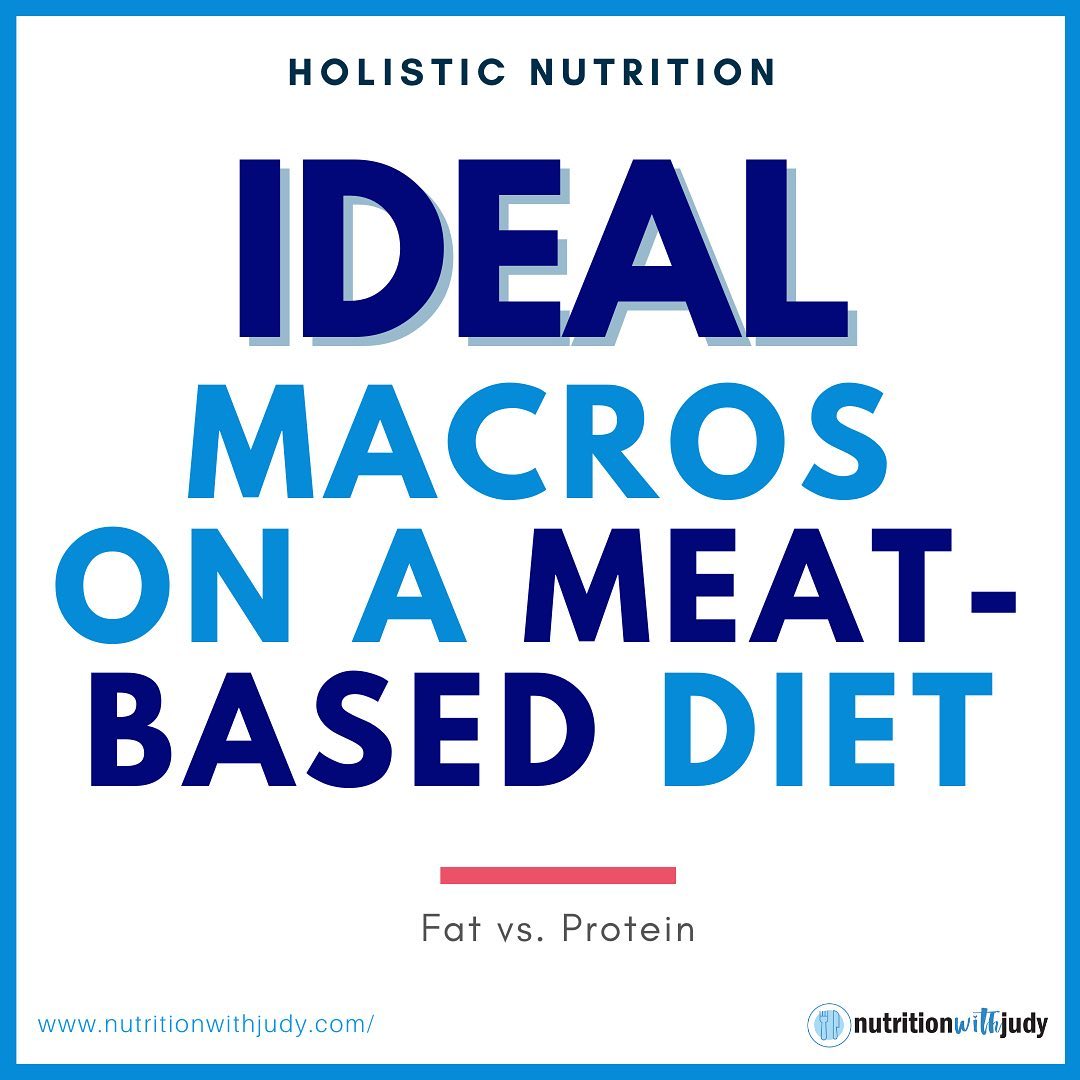

We interviewed Dr. Donald Layman again, and he reiterated the importance of protein being a required daily amount, whereas carbs and fat can be used as energy levers. We are generally fans of 75% fat in terms of total calories on a carnivore diet. We’ve seen many of our clients heal in that range. Some people need 80% fat in terms of total calories, but we should not reduce the protein levels below 0.8 g per 1 lb. of ideal body weight long term. We risk losing muscle.
Dr. Layman mentioned that after the age of 40, once you lose muscle mass, it’s really difficult to regain. In one study, he noted that significant muscle loss was seen with excess fasting or bed rest. Young people lost one kg in a week, whereas adults lost an average of 12 kg in one week.
Sometimes, we recommend starting our female clients at 80% fat in total calories while ensuring they keep a minimum of 0.8 grams of protein per ideal body weight. Once they sleep through the night or get their cycle back, we start reducing the total fat intake. Then they can go down to 70%-75% fat in total calories. We stay here until we find a symptom-free baseline and focus on weight loss later.
For men, we usually start at 70% fat in total calories and then reduce fat percentages from there.
Variability In Carnivore Diet Macros
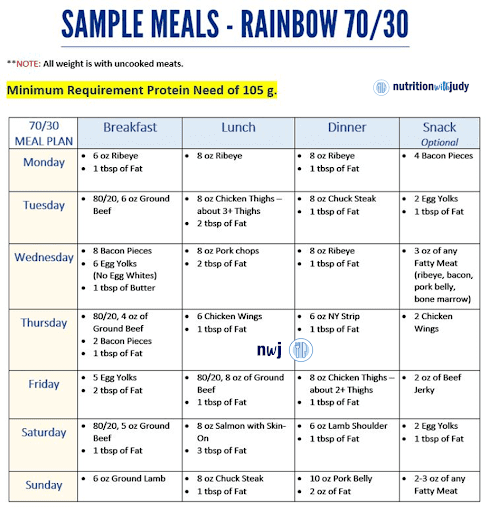

It’s common for individuals starting a carnivore to have a sluggish gallbladder, especially if they’ve been eating a low-fat diet. For those that aren’t fat-adapted, you may need to temporarily focus more on protein intake while using supports such as ox bile until their body adapts. And if you’re concerned about the impact of excess protein on the kidneys, you can read more about the research debunking these concerns here.
Some people don’t do well with too much rendered fat, especially when starting the carnivore diet. Try to limit this while your gallbladder catches up and your gut heals. If you’re still struggling with fat after three to six months of being on the diet, it’s time to consider a deeper root cause, such as Chronic Inflammatory Response Syndrome (CIRS).
Some think that keto is muscle-sparing as the body relies on less glucose converting to glucose, thus sparing protein breakdown. There are also thoughts that less nitrogen occurs on a ketogenic diet, causing the body to break down less protein. Some advocates believe ketones are anti-catabolic (they don’t break down muscle), but further research is required.
If 50% of falls at age 65 cause people to never walk again and 33% of the falls end up in death, we’re not willing to bet those ketones will save our lean body mass (or us falling).
Closing Thoughts On Carnivore Diet Macros
If you are eating 80% fat (and mostly butter) with limited protein (and calories), don’t blame the carnivore diet for (future) thyroid and hormone imbalances and loss of muscle mass long term. If you are eating sufficient protein and insufficient fat (and total calories), don’t blame the carnivore diet for future poor thyroid and hormone function.
Just because you no longer feel the insulin-blood-sugar-roller-coaster and rarely feel hangry, it doesn’t mean to start restricting. (Eat only when you’re hungry DOES NOT apply here). Don’t let vanity ruin your health. No one wishes they were thinner when they’re dying.
Note: Notice the amount of fat that’s required to meet 70% fat. Now imagine how much more fat is required to eat adequate protein AND 80% fat. Common sense goes a long way.
Work With Our Trusted Carnivore Diet Functional Nutritional Therapy Practitioners
The Nutrition with Judy practice is honored to be a trusted carnivore diet practitioner support serving clients from around the globe. We’re passionate about helping our clients achieve root-cause healing in order to lead the best quality of life possible that’s nearly symptom-free. Our team is dedicated to educating our community about the incredible benefits of the carnivore diet. We welcome you to explore our free resources and are always available to support you through personalized protocols. Our Symptom Burden Assessment (SBA) is the perfect starting point for discovering your root cause and is required to work with our team— you can learn more in-depth about this powerful tool here.
Start your root-cause healing journey today and contact us any time with any questions or concerns.
DISCLAIMER: This content is for educational purposes only. While we are board-certified in holistic nutrition and are nutritional therapy practitioners, we are not providing medical advice. Whenever you start a new diet or protocol, always consult with your trusted practitioner first.


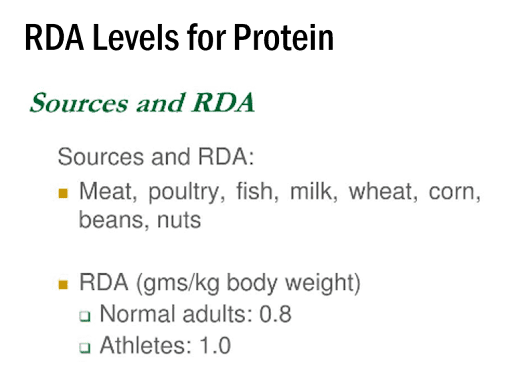
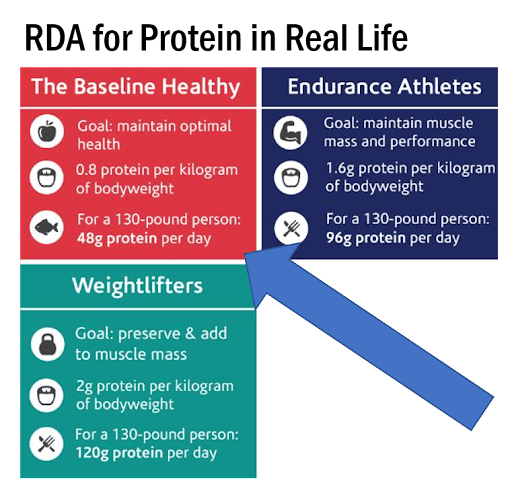
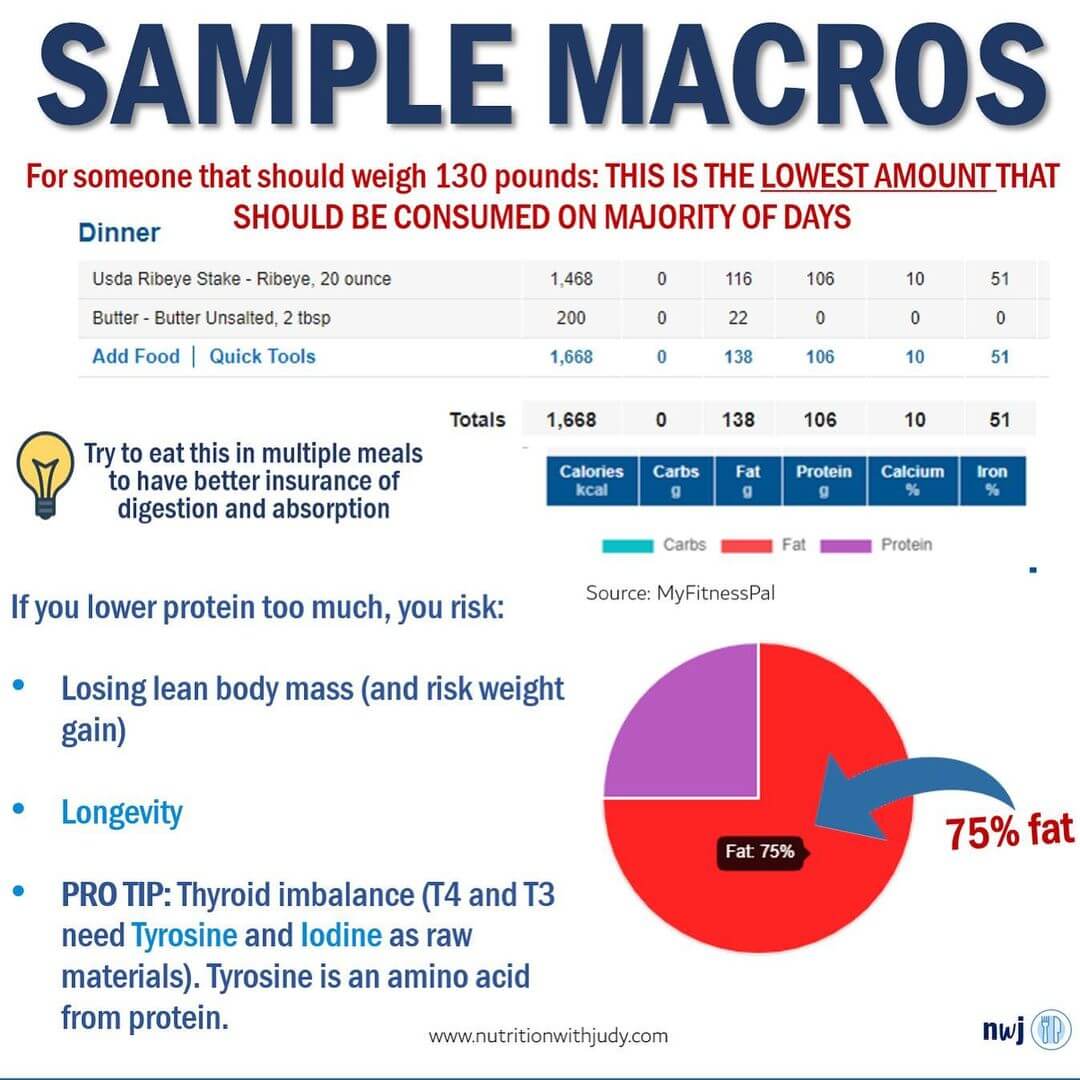
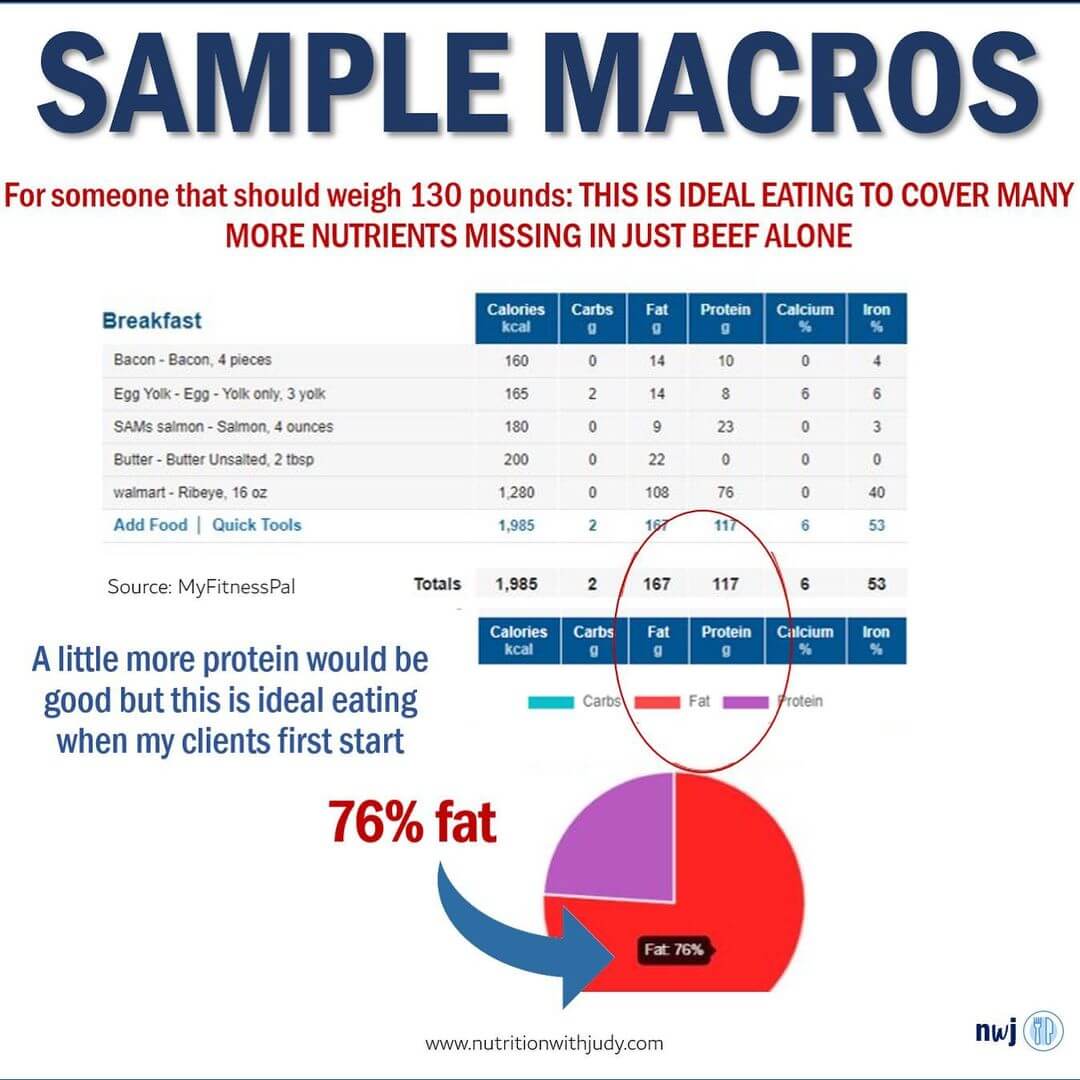
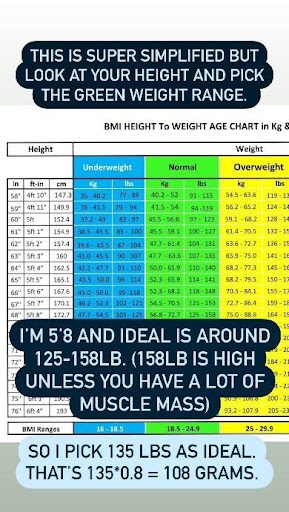
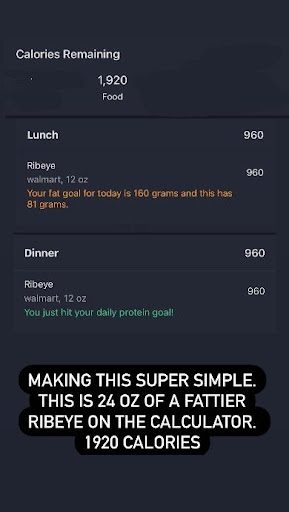
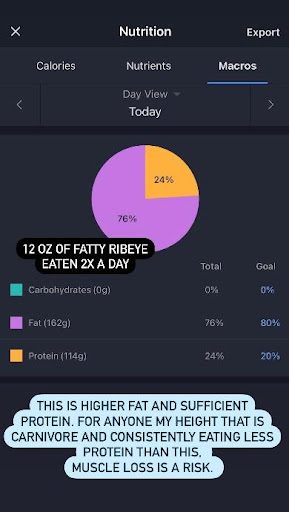
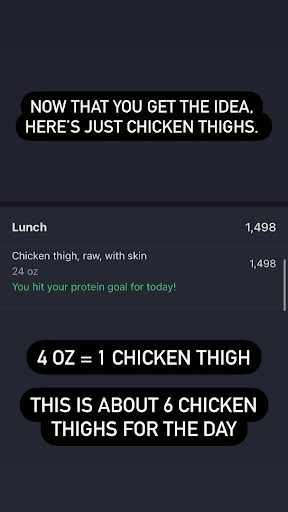
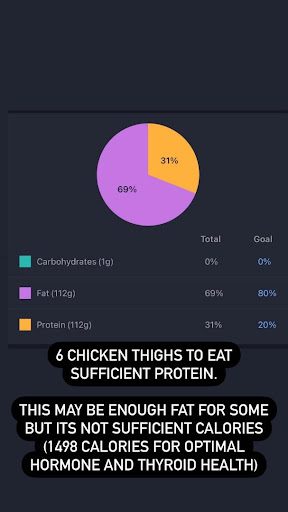
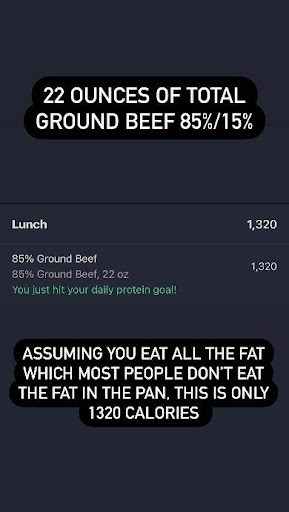
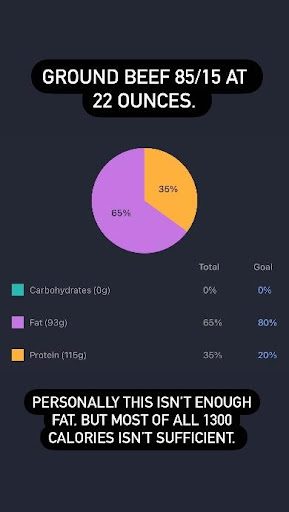
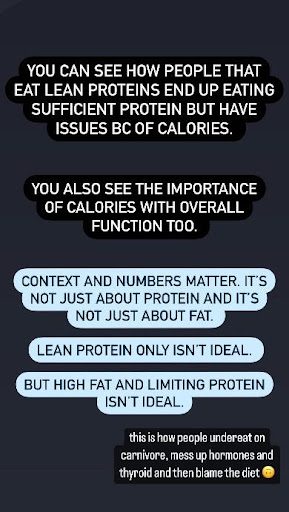

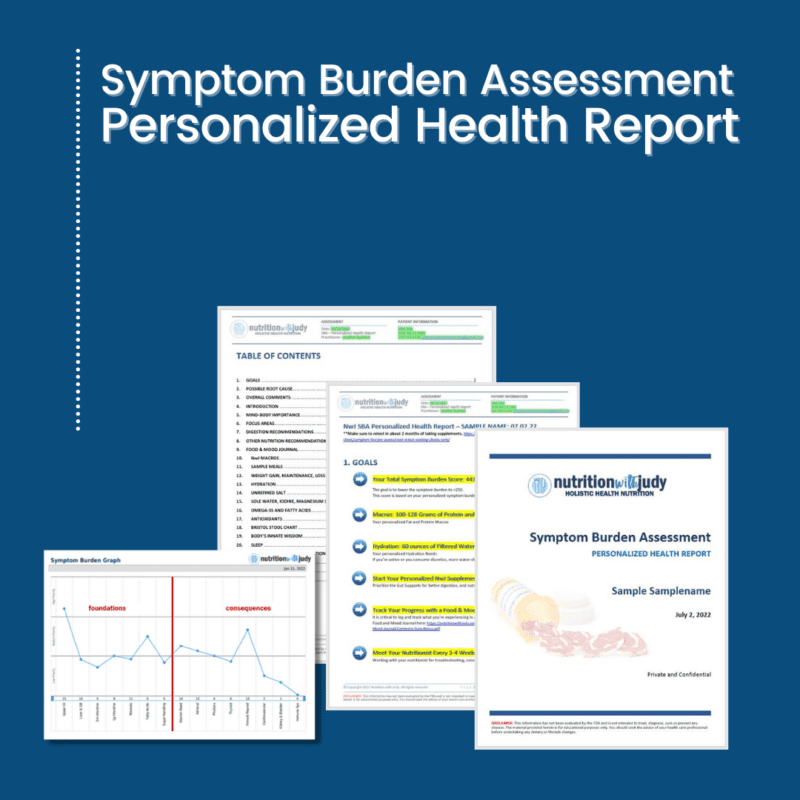

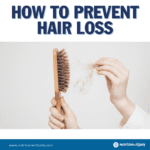
Tony
December 30, 2023 at 4:20 pmHow can I make an appointment to speak with one of the dietary practitioners?
NwJ Team
January 22, 2024 at 5:33 pmYou can look here: https://www.nutritionwithjudy.com/nwj-our-approach
Jason
February 17, 2024 at 7:40 amDo you advocate the use of protein shakes to supplement your diet if necessary? Do you recommend a specific brand of protein powder?